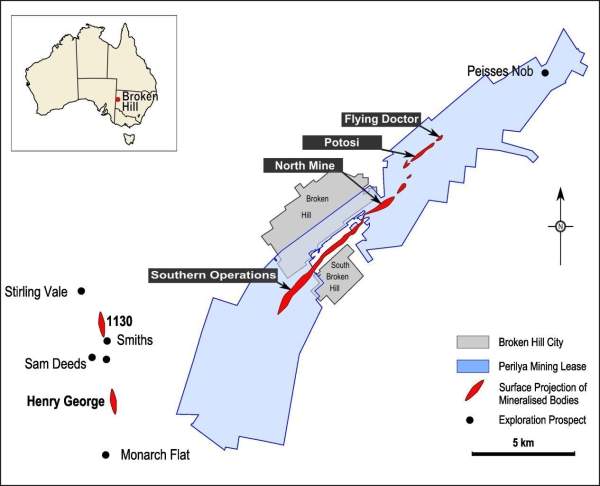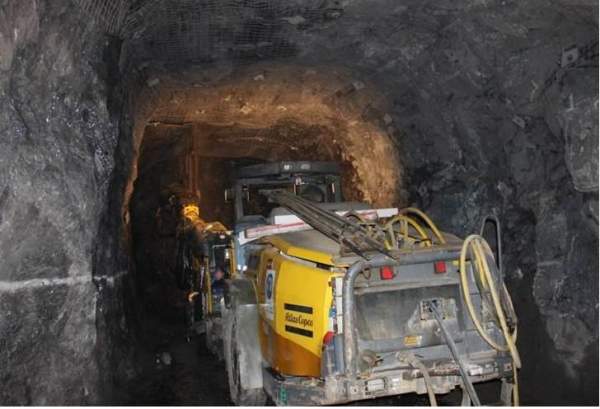The Potosi underground mine is located approximately 2km to the north of the existing North Mine and is parallel to the main Broken Hill Line of Lode, in New South Wales, Australia. It includes two mining zones, known as Potosi North and Potosi Extended.
Owned and operated by Perilya, drilling of the Potosi Mine commenced in March 2007 but was kept under care and maintenance since September 2008 due to falling metal prices. Exploration studies continued through 2009 and confirmed the existence of minerals between the Potosi North and Potosi Extended zones.
The development was approved by the Broken Hill City Council in March 2010. The project was re-approved by the Perilya Board in February 2011, four years after the initial plans.
Development of the Potosi mine
Development work at Potosi began in 2011 and the production is expected to commence in late 2012. The project will mine at a rate of 450-500mt a year using the existing infrastructure and mining labour force of the Broken Hill Southern Operations.
The development cost of the Potosi silver mine is estimated at A$57.8m. Perilya will be funding the project from its existing cash reserves.
The Silver Peak deposit located adjacent to the mine is also being developed, along with the Potosi mine, as a combined project.
The development of Potosi / Silver Peak mine is expected to increase the production levels of the existing Broken Hill Mine by 30,000t in its first full production year and subsequently ramp-up to 45,000t.
Geology of Perilya’s Potosi mine
The Potosi resource comprises narrow lenses present continuously from near the base of the pit to north of the Flying Doctor deposit located 10km north of the Broken Hill Southern Operations. The mineralised zone is 3km in strike length.
Potosi North and Potosi Extended represent 50% of the targeted mineralised zone along the strike.
Reserves at the New South Wales-based Australian mine
The Potosi Mine has inferred resources of 1.6 million tons (mt) at 14.1% of zinc and 3.4% of lead and 46 grams per tonne of silver (g/t). The Silver Peak mine has inferred resources of 390,000mt with 4.9% zinc, 9% lead and 77g/t silver.
Mining production methods to be used at the Potosi underground mine
Potosi mine was originally mined by Pasminco between 1996 and 2000 and was acquired as part of the Broken Hill prospect by Perilya in 2002. It was a 95m open-pit mine with an yield of 625,000t at 7.8% zinc and 1.6% lead.
Potosi underground mine has a 1,400m decline developed from the previous open-pit mine. Its face is at 140m from the surface. A second decline will be developed adjacent to the Silver Peak mine and will be linked to the existing decline access.
Mining at Potosi will be undertaken through the modified Avoca method, wherein the ore is extracted in bottom-up sequence. A single crown pillar method will help achieve early ore production.
Stoping operations at the underground mine will be performed from a previously mined and now backfilled stope.
The current stope’s width will be 3-15m and height 25m from the floor length. Waste rock will be used to backfill the stopes.
The ore will be transported in an underground truck to the surface, where it will be crushed in a portable crushing unit.
Potosi mine ore processing
The ore extracted at the Potosi mine will be processed in the Broken Hill Southern Operations concentrator. An access road will be laid to the Barrier Highway and the North Mine to truck the ore to the concentrator.
The capacity of the Southern Operations concentrator is 2.5mt. It is currently operating on a ten-day on / four-day off schedule and has idle capacity.
Processing of the Potosi and Silver Peak’s crushed ore will bring the concentrator to full capacity and hence minimise the operating costs.






